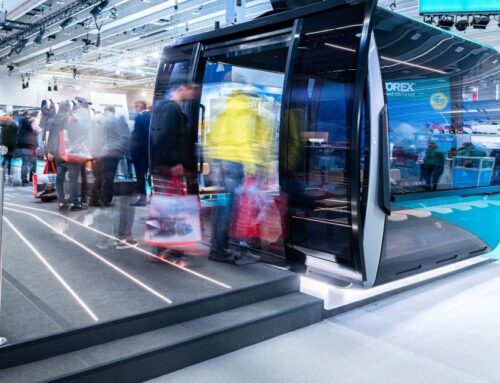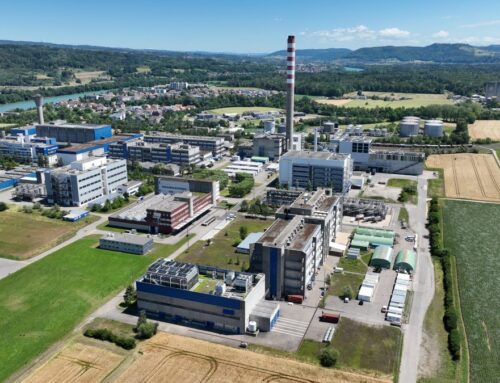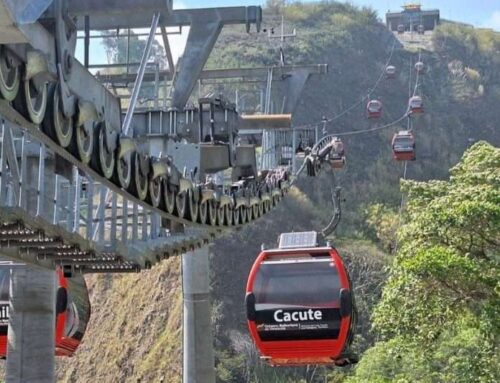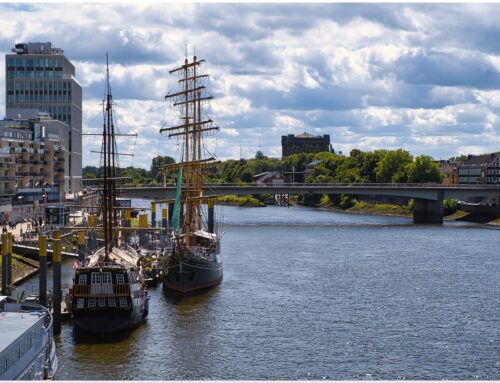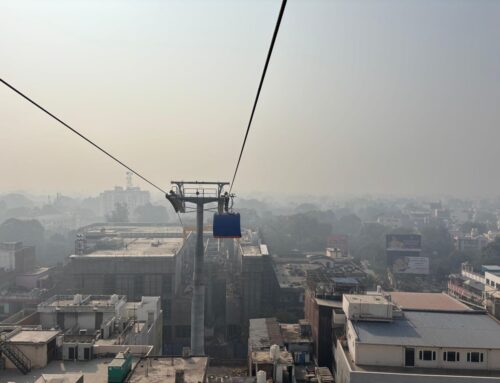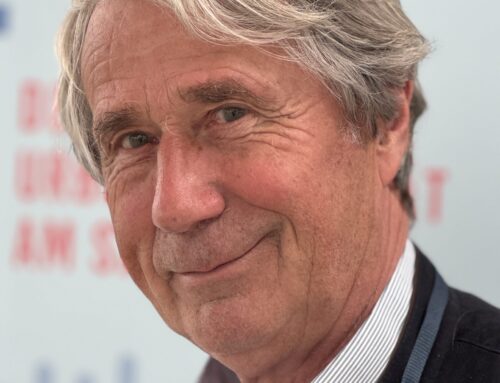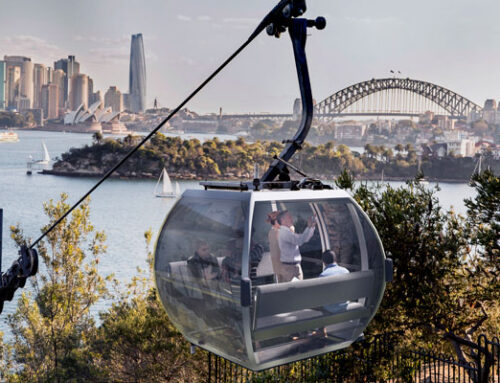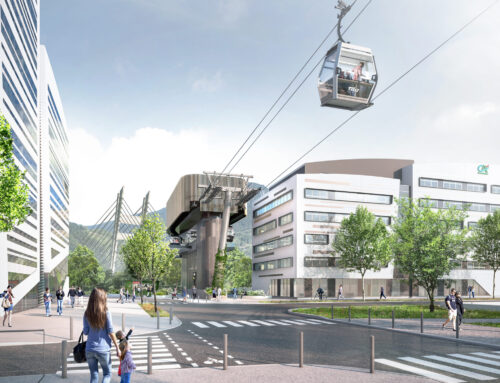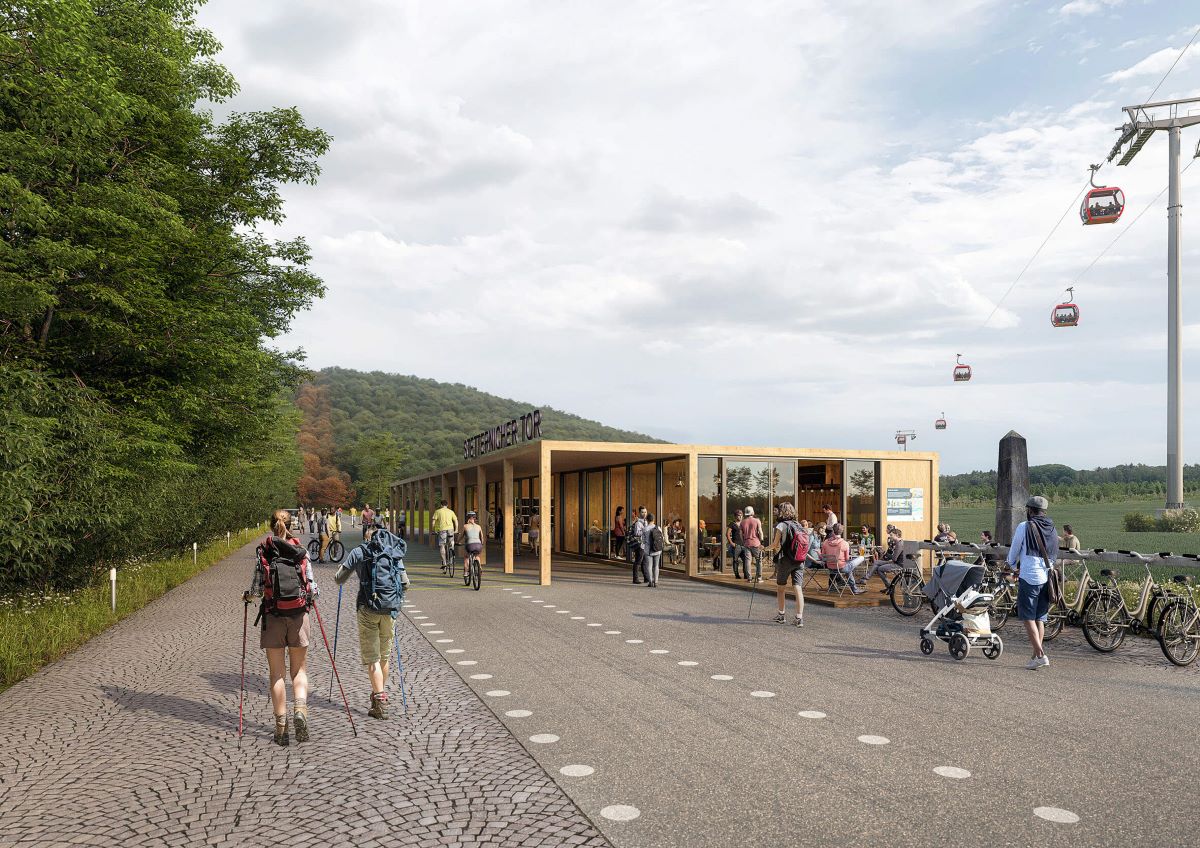
Cities, Special-Urban, Tourism
From open-pit mine to a large lake and three cable cars?
The former Hambach lignite mine in North Rhine-Westphalia, Germany, is set to become Lake Hambach. According to the plan, it will be the second-largest lake in Germany, after Lake Constance. This transformation is part of a comprehensive master plan for the reconstruction and development of the area.
The new lake is expected to cover 3,500 hectares. Starting in 2030, the mine will be filled with water from the Rhine. By 2070, the lake is projected to reach a depth of 365 meters, making it even deeper than Lake Constance and the deepest lake in Germany.
A key focus of the project is the further development of Sophienhöhe, a reclaimed spoil heap created during the mining operations. Plans include cycling and hiking trails to enhance an already popular recreational area.
Additionally, Sophienhöhe is set to feature a cultural and visitor center along with several recreational zones. The new infrastructure aims not only to attract tourists but also to improve the quality of life for the six municipalities surrounding the former mine.
Framework plan until 2040:
At that point, the lake would be a quarter full.
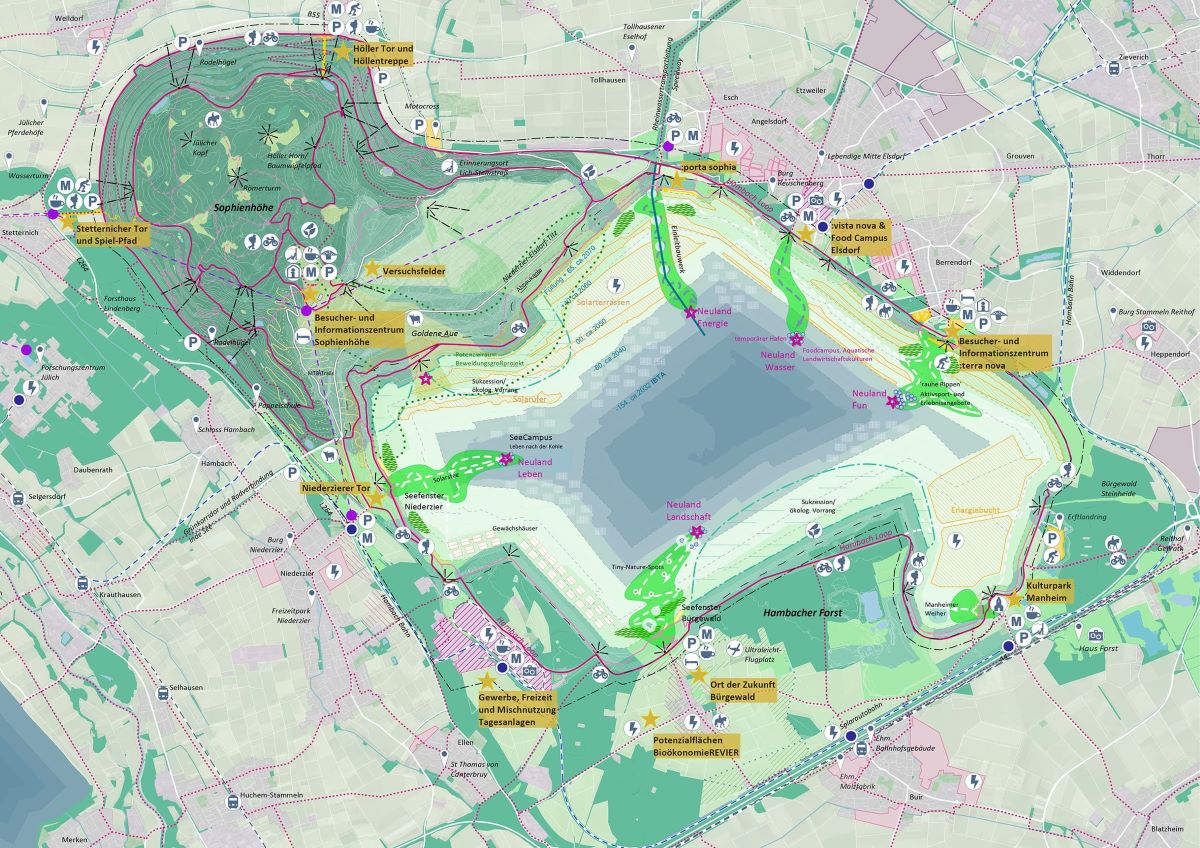
Three Cable Cars?
The Sophienhöhe is set to be connected by one to three cable cars, linking Jülich, Elsdorf, and/or Niederzier to the summit.
However, the feasibility of the project still needs to be assessed in collaboration with cable car manufacturers. If not all three routes prove viable, guests will be able to reach the visitor and information center by bus.
More detailed planning for the cable cars is scheduled for 2026–2027, with implementation set for 2030–2031.
Concepts, Not Final Plans
Overall, this framework plan remains an informal concept without legal status. The proposed visions will undergo further evaluation in upcoming processes to determine their feasibility and, if possible, be taken into account.
The plan was developed by the commissioned planning firms MUST Städtebau GmbH and bgmr Landschaftsarchitekten GmbH, under the leadership of NEULAND HAMBACH GmbH. RWE Power AG was also closely involved in the process.
